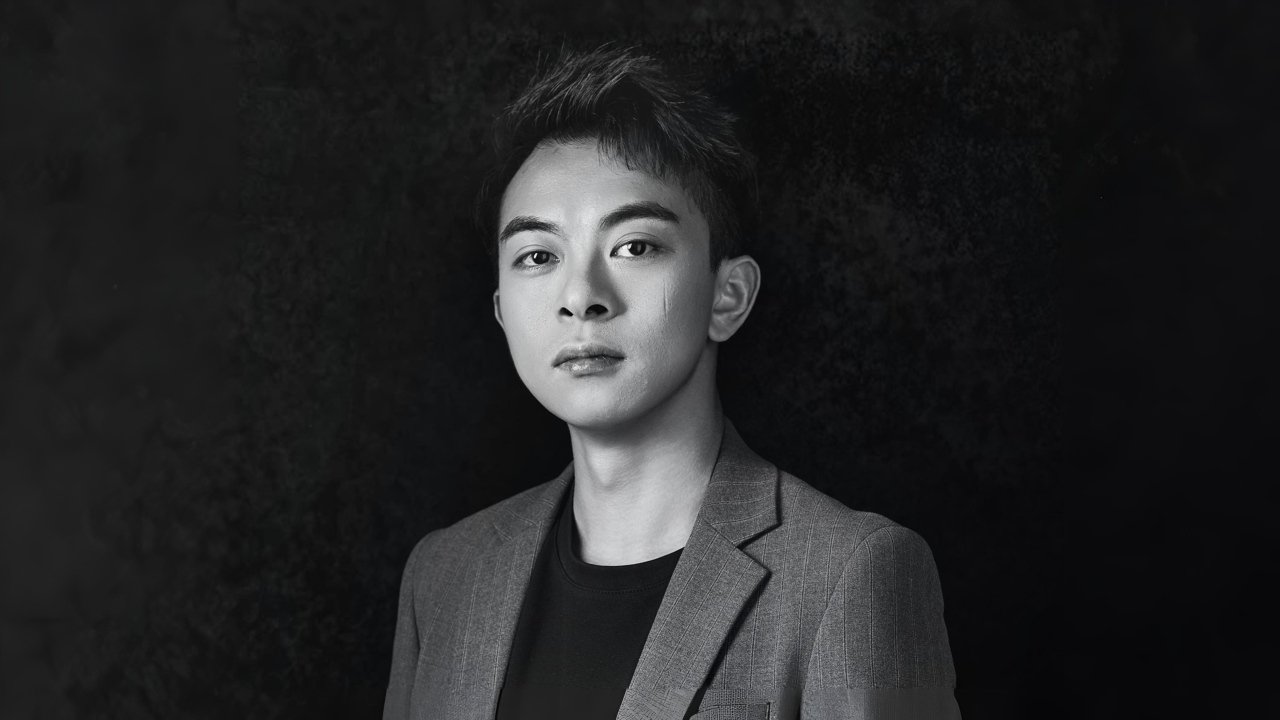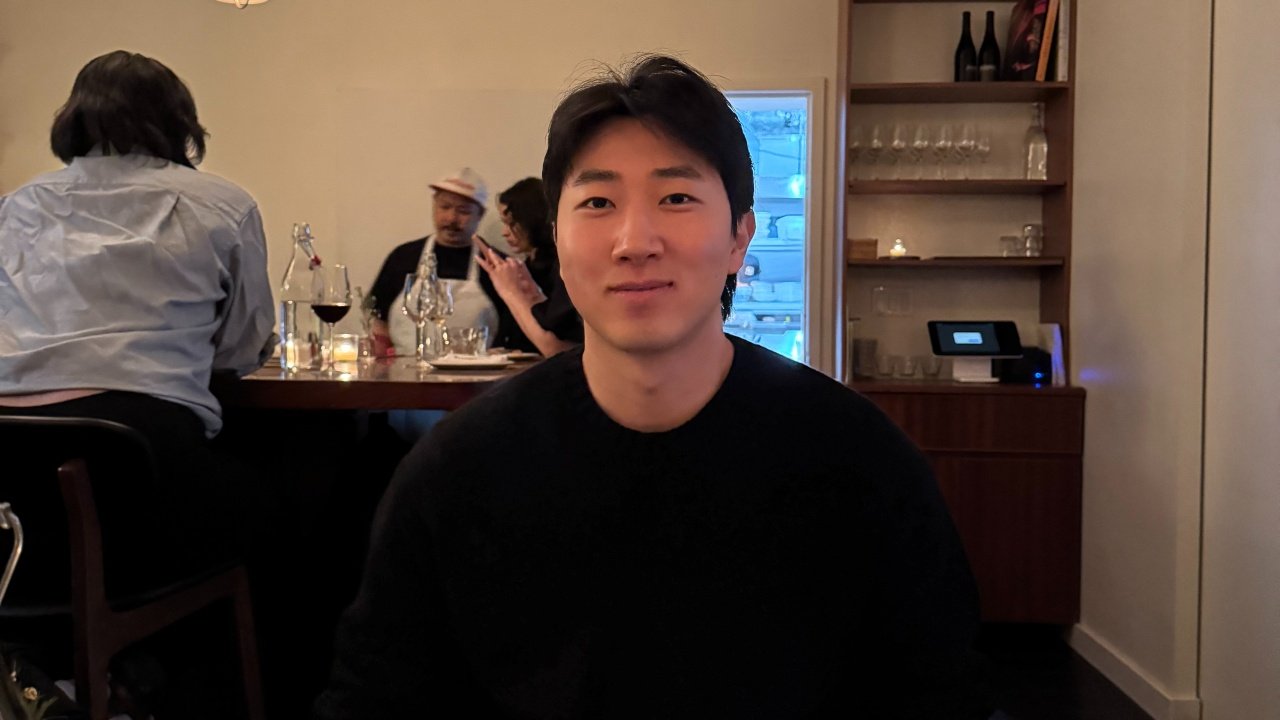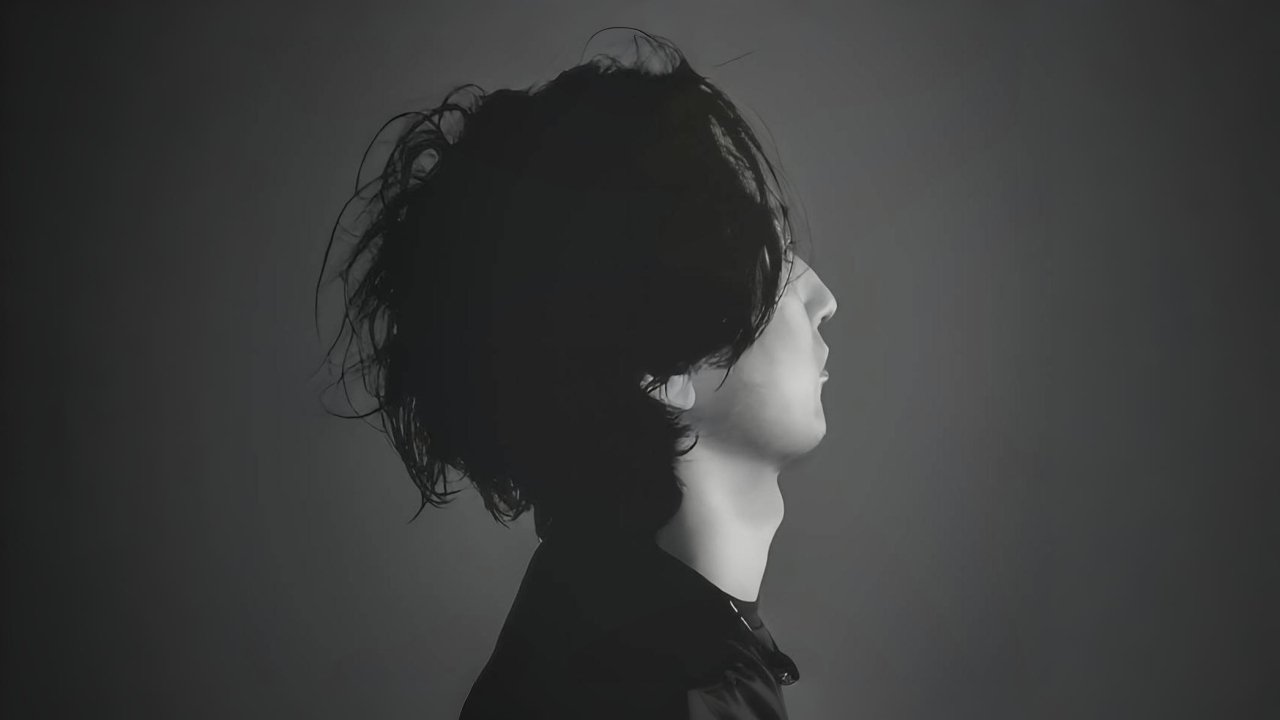1Congratulations on winning the French Design Awards! Can you introduce yourself and share about what inspired you to pursue design as a career?
My name is Zou Yuanhua. I have been deeply involved in the design field at Wande Chang. The reason why I focused on the company's design was that I firmly believed that good design can bridge the gap between traditional and modern needs.
For instance, integrating Chinese cultural connotations into products can bring about positive changes. Especially in creating solutions that are tailored to users and adapted to the elderly, design becomes a powerful bridge connecting culture and life.
2What does being recognised in the French Design Awards mean to you?
It's a huge honour! The French Design Awards are globally influential. For me, this recognition is not only an affirmation of my design philosophy that integrates Chinese cultural elements and human-centred concepts, like the "Xiong Da" product's combination of traditional culture and aging - friendly features, but also a motivation to keep exploring how design can better connect culture with life needs, and bring more innovative and warm - hearted works.
3How has this achievement impacted your career, team, or agency, and what opportunities has it brought so far?
For my career, it's a strong validation, boosting my confidence to keep exploring the integration of culture and design. For the team at Wonder Chief, it's a huge morale booster, making us more passionate about creating user-centred, culturally-rich designs. For the agency, it enhances our reputation in the international design arena.
So far, it has brought opportunities like more clients seeking culturally-themed design collaborations and invitations to share our design concepts at industry events.
4What role does experimentation play in your creative process? Can you share an example?
Experimentation is crucial in my creative process as it helps break boundaries. For the "Xiong Da" product, we experimented with combining traditional Chinese cultural elements (like cultural connotations from ancient stories) with modern ageing-friendly design. We tested different material combinations to ensure both cultural expression and user-friendly experience, which finally made the product stand out.
5What's the most unusual source of inspiration you've ever drawn from for a project?
For the “Xiong Da” project, an unusual source of inspiration was traditional Chinese elderly care customs and stories of inter-generational love within families. These intangible cultural elements, which are not typical design references, guided us to infuse cultural warmth and humanistic care into the product, making it more than just a physical item but a carrier of heritage.
6What’s one thing you wish more people understood about the design process?
I hope more people understand that design is not just about the final appearance; it's a process of continuous exploration and integration. For example, in the “Xiong Da” design, we combined cultural inheritance, user needs (especially for the elderly), and technical feasibility. It involves multiple iterations, from understanding cultural connotations to testing materials, and every step is to create a work that truly connects with people and culture.
7How do you navigate the balance between meeting client expectations and staying true to your ideas?
In projects like “Xiong Da”, I first deeply communicate with clients to align on core values, such as integrating Chinese culture and caring for the elderly. Then, I explain my design ideas based on these values, seeking a balance. It's about making clients understand that our ideas can better meet market and user needs, creating a win-win situation.







